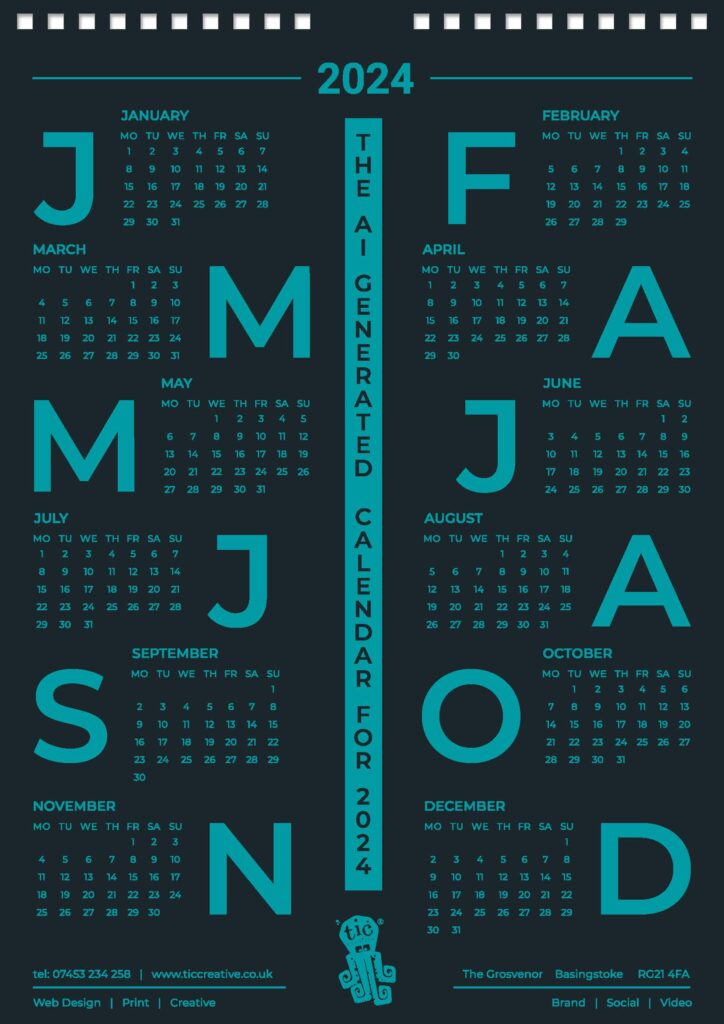Harnessing the power of geolocation and browser-based data is transforming how websites interact with users.
By utilising these technologies, businesses can tailor content, offers, and experiences based on the user’s precise location and browsing habits. This not only enhances user engagement but also boosts conversion rates and customer satisfaction. Through examples like localised content, targeted advertising, and personalised navigation, the advantages of these technologies are clear. However, they also raise significant privacy considerations that must be managed carefully.
In an era where personalisation is king, leveraging geolocation and browser-based data has become essential for businesses aiming to enhance user engagement and experience on their websites. These technologies allow websites to deliver content that is not only relevant but also timely and location-specific, thereby improving user satisfaction and interaction. From showing local weather forecasts to providing turn-by-turn directions to the nearest store, the possibilities are vast and impactful. This article delves into how geolocation and browsing data can be used to personalise content and improve user engagement, offering practical examples and addressing potential privacy concerns.

Understanding Geolocation and Browser-Based Data
Geolocation technology utilises the geographic position of a user’s device to provide location-specific content. This can be achieved through the HTML5 Geolocation API, which accesses the device’s GPS or Wi-Fi signals to determine precise coordinates, or through IP geolocation, which estimates location based on the user’s IP address.
The Geolocation API in modern browsers allows websites to ask for permission to access a user’s location data. Once granted, this data can be used to enhance the user experience in various ways, such as displaying nearby services or personalising navigation options (Abmatic Marketing) (Love2Dev).
Practical Applications of Geolocation
Geolocation technology has a broad range of practical applications that can significantly enhance the user experience on websites and mobile apps. Below are expanded details on how businesses can leverage this technology:
1. Localised Content Delivery
E-commerce and Retail:
- Nearby Store Information: Retailers can use geolocation to display the nearest store locations to the user. This can include detailed information such as store hours, contact details, and available inventory (Abmatic Marketing).
- Local Promotions: Online retailers can offer location-specific discounts and promotions, which are more relevant and enticing to the user. For instance, a winter gear sale in cold regions or a summer accessory discount in warmer areas (MDN Web Docs).
News and Media:
- Local News and Weather: News websites can show local news stories and weather updates based on the user’s location. This makes the content more relevant and engaging for the user, increasing the likelihood of repeat visits (Love2Dev).
- Event Information: Websites can highlight local events, such as concerts, festivals, or sports games, tailored to the user’s location, enhancing community engagement and attendance (GeoTargetly).
2. Enhanced Navigation
Location-Aware Services:
- Turn-by-Turn Directions: Websites and apps can provide precise directions to physical locations, such as stores, restaurants, or service centers, based on the user’s current location. This is particularly useful for businesses with multiple locations (Love2Dev).
- Proximity Alerts: Apps can alert users when they are near a specific location. For example, a retail app can notify a user about a sale when they are near one of the brand’s stores (Abmatic Marketing).
Augmented Reality (AR):
- Interactive Maps: Geolocation combined with AR can create immersive navigation experiences. Users can see overlaid directions on their phone screens, guiding them to their destinations with visual cues (MDN Web Docs).
- Point of Interest (POI): Apps can show nearby points of interest, such as ATMs, petrol stations, or tourist attractions, making it easier for users to find essential services or explore new areas (Abmatic Marketing).
3. Targeted Advertising
Location-Based Ads:
- Geo-Fencing: Businesses can set up virtual boundaries around specific locations and trigger ads when users enter these areas. This is effective for local businesses aiming to attract nearby customers (Abstract APIs).
- Event-Based Marketing: Advertisers can target users attending a specific event with relevant promotions. For instance, food delivery services can promote offers to users at a music festival or sports event (MDN Web Docs).
Remarketing:
- Localised Remarketing: Geolocation allows businesses to retarget users who have visited their physical stores or specific areas with personalised online ads. This helps in maintaining brand recall and encouraging repeat visits (Love2Dev) (GeoTargetly).
4. Personalised User Experiences
Tailored Content:
- User Profiles: Combining geolocation with browsing data enables websites to create detailed user profiles. This allows for the delivery of highly personalised content, such as customised news feeds or product recommendations based on both location and browsing history (MDN Web Docs).
- Dynamic Website Elements: Websites can adjust elements like banners, call-to-actions, and featured products based on the user’s location and previous interactions with the site. This keeps the content fresh and relevant (Abmatic Marketing) (MDN Web Docs).
Service-Based Applications:
- On-Demand Services: Apps for services such as ride-sharing, food delivery, or home services use geolocation to match users with nearby service providers, ensuring quick and efficient service (GeoTargetly).
- Emergency Services: Geolocation can be critical in emergency situations, helping first responders to locate and assist users in distress quickly (MDN Web Docs).
5. Enhancing Security and Fraud Prevention
Geolocation for Security:
- Fraud Detection: Financial institutions and e-commerce platforms can use geolocation to detect suspicious activities. For instance, a login attempt from an unusual location can trigger additional security measures (MDN Web Docs).
- Access Control: Businesses can restrict access to content or services based on the user’s location. This can be used to comply with regional regulations or to manage access to sensitive information (Abstract APIs).
6. Improving User Interaction and Engagement
Interactive Features:
- Geolocation-Based Games: Apps like Pokémon Go use geolocation to create interactive gaming experiences that require users to explore their surroundings (Love2Dev).
- Social Media: Platforms can tag posts with the user’s location, making it easier to connect with local trends and events (GeoTargetly).
User Convenience:
- Contextual Recommendations: Apps can offer recommendations based on the user’s location and past behaviour, such as suggesting nearby restaurants or attractions when the user is travelling (MDN Web Docs).
- Efficient Resource Management: For businesses, knowing the location of users can help in better resource allocation, such as sending push notifications about waiting times at different branches or service centres (Abmatic Marketing).
By effectively utilising geolocation and browser-based data, businesses can significantly enhance the user experience, driving engagement, satisfaction, and loyalty. The key is to balance these benefits with robust privacy measures, ensuring that user data is protected and used responsibly.
Leveraging Browser-Based Data
Browser-based data includes information such as browsing history, cookies, and user preferences. When combined with geolocation, this data can significantly enhance personalisation.
- Behavioural Targeting: By analysing browsing habits, websites can deliver personalised content that matches the user’s interests. For example, a user frequently searching for travel information might be shown ads for travel insurance or destination guides (Love2Dev).
- Dynamic Content Customisation: Websites can use browsing data to dynamically adjust content. A returning visitor might see different homepage banners or recommendations based on their previous interactions with the site (Abmatic Marketing).
- Enhanced User Profiles: Combining geolocation with browsing data allows for the creation of detailed user profiles. These profiles can be used to personalise newsletters, suggest relevant products, and provide a more tailored overall experience (MDN Web Docs).
Addressing Privacy Concerns
While the benefits of using geolocation and browser-based data are clear, they also raise significant privacy concerns. Users must consent to sharing their location, and businesses must ensure this data is handled securely and transparently. Implementing robust privacy policies and obtaining explicit user consent are critical steps in addressing these concerns (MDN Web Docs).
The integration of geolocation and browser-based data is revolutionising how websites interact with users, offering personalised experiences that can significantly enhance engagement and satisfaction. By leveraging these technologies, businesses can deliver more relevant content, improve navigation, and implement targeted advertising strategies. However, it is crucial to address privacy concerns by ensuring user data is collected and used responsibly. As technology continues to evolve, the potential for even greater personalisation will undoubtedly grow, making it an exciting area for future development.
“Personalisation is not a trend; it’s a marketing tsunami. Geolocation and browsing data are the lifeblood of this movement, offering unprecedented opportunities to connect with users on a deeply personal level.” – Marketing Expert
Ready to revolutionise your website with geolocation and personalised content? Contact us today to learn how we can help you enhance user engagement and satisfaction.












